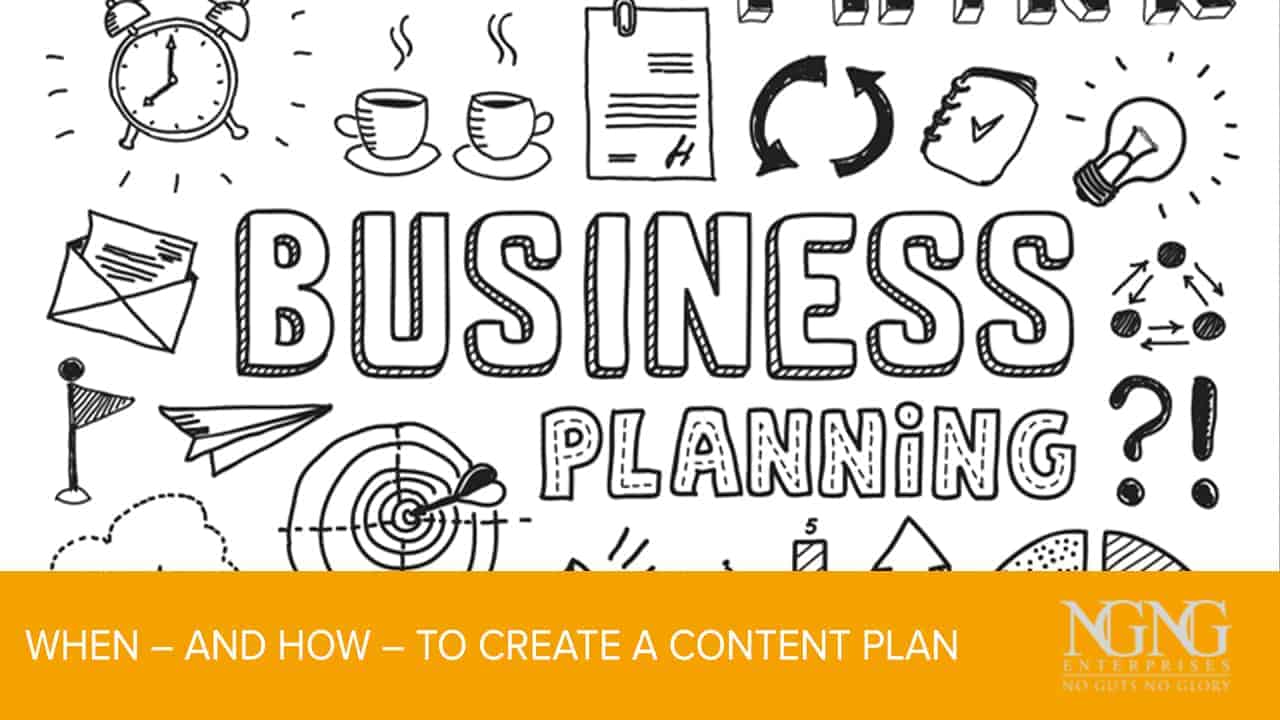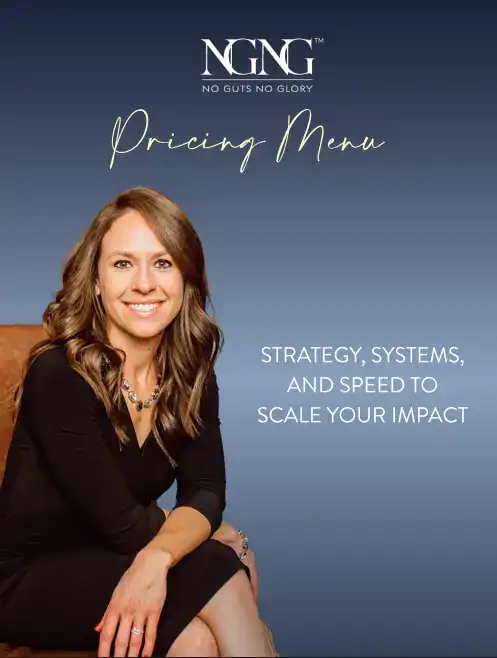Do you plan your content in advance; for a week; for a month; for a quarter; for a year?
…Or do you just “wing it” each week? (How’s that been working out for ya’? Not so smoothly, eh?)
As an online business development coach, I’m regularly asked how to create an overall content strategy. In a recent episode of my Authentic Leader Q&A Video Series, I answer this question for you: What Should I Include In My Content Plan?
Today, I want to share some of my best tips with you about content planning.
Every December when things slow down a bit, I take a day or two to work on a full, intensive business planning session for the upcoming year. I may do this with a mentor, a business colleague, or even on my own. Using a jumbo wall calendar, the first thing I do is map out the year. Then I work on quarterly, monthly, and weekly strategies that I believe will help me reach my goals for the year.
Big Concepts for Your Yearly Content Plan
Like so many things that affect your online business, a successful content plan requires a strategic approach rather than impulsive, daily “fly-by-the-seat-of-your-pants” tactics. To make your strategy real, you should start big, then work on the details.
Free Structure
Free content is a great way to build your following and attract more clients. It helps to drive your audience to you. Here are the pillars of the structure on which I build my free content plan:
- First, I blog at least once per week. For new businesses, you should do this 2-3 times per week, as a way to build your reputation and enhance your brand. (Remember, the more you do anything, the faster you will get results with it!) (Read Next: What Blog Topics to Write About)
- Next, email marketing is one of the very best ways to keep in touch and build a relationship with your audience. Whether you do this weekly, bi-weekly, or monthly, you should be sending high-value emails to your list. (Note: I suggest bi-weekly to weekly.) (Read Next: How Do I Get Email Subscribers and How Often Should I Send Emails?)
- Social media has become critical to the success of any online business. Daily posts to Facebook, Twitter, Google Plus, and LinkedIn for example, as well as engaging with others. Think of these as conversations and use them to engage with potential customers. (Read Next: The 7 Deadliest Mistakes You’re Making on Social Media)
Growth Structure
Growing your business is fundamental to your ongoing success. To do this, you need to put yourself out there and create an increased online identity. Here are the best ways to accomplish this:
- One of the best ways to do this is to run a webinar. I recommend at least one live webinar per quarter. The format can be 30 minutes of training followed by a 30-minute Q&A session. Your audience will love you for answering their questions live, and this will go a long way toward making connections, increasing conversions, and giving them the value they’re looking for from you. This is the type of information that people love to share, which will help you build your audience too!
- Another great way to grow your business is to utilize guest blogging, or being interviewed on other people’s podcasts. This will give you access to pre-existing networks and communities – allowing you to leverage their audience and bring them into your own community and your sales funnel.
Monetary Structure
Making money is fun, and necessary to keeping your business up and running. (It doesn’t have to be dreadful and scary.)
- First, don’t feel bad about making money. If you’re offering value, clients should be happy to pay for it. Realize money is just an “exchange” of value. So the goal is to feel good about charging for your products, programs, coaching service, or done-for-you services – you’re adding a lot of value after all!
(ps – If sales just ain’t your thing and you need help, consider applying for a 45-min complimentary consult call with me. I can offer you some techniques to get over the fear and step into confidence.)
- Set aside time for product creation or to extend your service list. Perhaps you would like to offer a new live coaching program. The earlier you schedule time to develop and promote the program, the more smoothly the process will run. Then, of course, you’ll need to set aside the time to actually launch the program. You may also want to schedule a break after the program has come to an end to give yourself time to recover and refocus for the next big project.
Once you’ve set up your content plan on your calendar, you can then work through it month-by-month and week-by-week. At the beginning of every month, pull the page off your calendar and take a look at the plan you set up earlier. Use this to develop your weekly tasks.
Of course, as things change and unknown challenges arise, you’ll be better able to adapt and improvise.
There is SO much more I can share with you about how to develop and improve your content plan… not only to make it easier for you but also to get the best return for your time. So from here, I’d suggest you sign up for my email list to see how I execute my content plan, how I connect, and how I get results. You’ll also receive my FREE 8-video series, The 7 Deadliest Mistakes You’re Making on Your Website!




